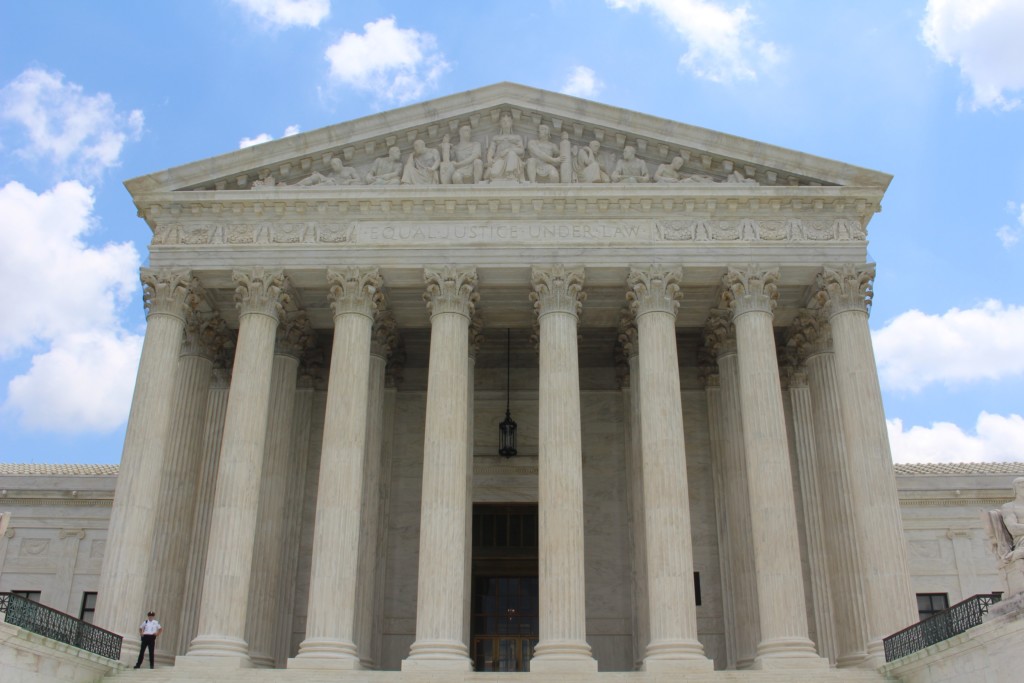Presidents have a constitutional responsibility to appoint federal judges, and the U.S. Senate has a similar constitutional duty to confirm those presidential appointees. Both institutions take their obligations very seriously. The entire process is eminently political, and an upcoming election only makes the political implications clearer.
U.S. Supreme Court nominations tend to have the utmost importance because it is the highest court in the land. Any new appointee can change the ideological balance on the court. To paraphrase, the late Justice Ruth Bader Ginsburg. Constitutional obligations do not end just because it is an election year. Therefore, it is not uncommon to see the appointment process continue to happen. It has occurred 9 times since 1900 (and roughly 30 times since 1787), with the most recent example of President Barack Obama appointing Merrick Garland, and the nominees have been confirmed 6 times. Both Republicans and Democrats have made the confirmation process very heated in recent years, and both sides use the arguments that serve them well with the voters. President Obama expected the U.S. Senate to vote to confirm Judge Garland in 2016. However, the Republican majority refused to do so and made a calculated risk that paid off when Donald Trump won. President Trump will make an appointment this year, and he will expect a vote because his party also controls the Senate (President Obama did not have the same luxury because of election losses in 2014). Democrats expect the winner of the 2020 election to make the nomination. Still, Republicans have already made the argument that this year is different because the Republican Senate majority remained protected in 2016 and 2018. The 2016 precedent would only apply if Democrats controlled the Senate, so the same arguments are being made but now in reverse. The only question now is whether enough Republicans will vote to confirm and whether the Democrats can be unified in voting to reject a Trump nominee. Several senators, especially Republicans, are facing tough re-election bids this year. So, the confirmation will be great political theater.
The most important criteria presidents use when making appointments is ideology and political party. Conservative (usually Republican) presidents appoint conservative judges, and liberal presidents (usually Democrats) do the same for liberal judges. Judicial nominees, especially Supreme Court appointments, are incredibly important to presidents because it will become a major part of their legacy and allow them to have an impact on American politics long after they leave office. President Clinton left office in 2001 and still has an impact today because of the appointment of Ruth Bader Ginsburg and Stephen Breyer to the U.S. Supreme Court.
Some presidents consider diversity to be an important criterion as well, especially when it helps their historical legacy. President Obama is the best example of recent presidents who made diversity an important part of their selection criteria. President Lyndon Johnson is remembered for naming the first Black Justice (Thurgood Marshall); President Ronald Reagan named the first woman (Sandra Day O’Connor), and President Obama named the first Hispanic (Sonia Sotomayor). These are all examples of how presidents use appointments to make history.
President Trump is already under political pressure to appoint a woman to replace Ginsburg, and he will likely do so. President Trump recently released a list of 45 people that he would use to select a nominee. Democratic presidential nominee Joe Biden has not provided any indication of whom he would appoint if he had the opportunity. The two clear favorites are current federal judges Amy Coney Barrett and Barbara Lagoa. Early analysis focused on Barrett, who finished a close second to Kavanaugh in 2018, but election considerations make Lagoa a strong contender. Both nominees are well-qualified. Justice Ginsburg was confirmed in 42 days in 1993, so there will likely be a nominee and a vote before the election.
A prediction might as well be made – The nation will have its fifth female justice in place by November 3. The voters will then decide what the future holds for the U.S. Supreme Court.
Billy Monroe, Ph.D., is an associate professor of political science at Prairie View A&M University.


